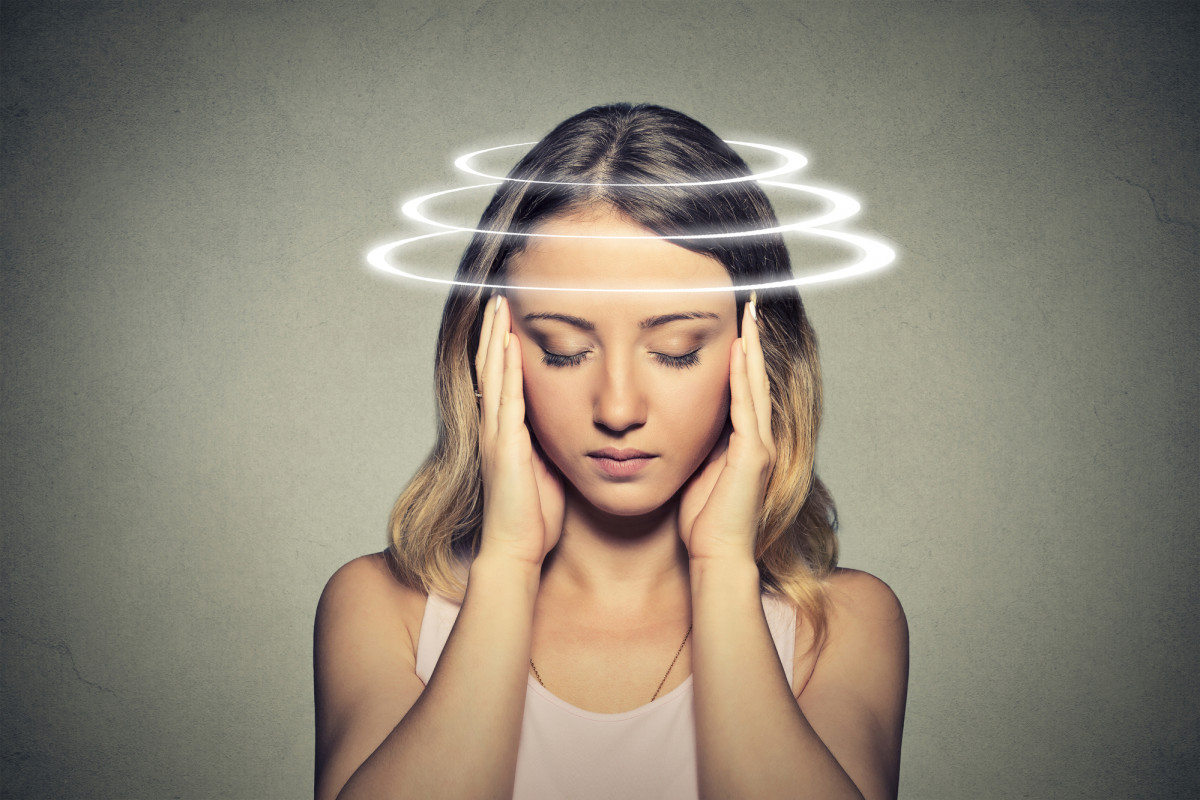
Have you ever gone to get out of bed in the morning only to experience a sudden spinning sensation as if you had just stepped onto a ride at an amusement park? Have you ever gone to tie up your shoelaces and almost fallen over as if you had had a few too many drinks at the pub? These are common stories of patients who are suffering from Benign Paroxysmal Positional Vertigo or BPPV for short. People suffering from BPPV will experience sudden, short-lasting episodes of vertigo (spinning) with changes in head position. Examples of these positional changes include rolling over in bed, getting in and out of bed, bending over and looking up.
Benign: not harmful
Paroxysmal: short lasting, episodic
Positional: brought on by specific head positions
Vertigo: spinning sensation
What is BPPV?
Benign paroxysmal positional vertigo (BPPV) is the most common disorder of the vestibular system and the most common cause of vertigo. BPPV occurs when small crystals within the inner ear (vestibular system) dislodge and enter one of three semicircular canals. These canals are responsible for telling the brain where our head is in space. With changes in head position, these crystals move within the canals sending misinformation to the brain which causes you to feel as if the world is spinning. Once our head is still, the crystals settle, and the spinning subsides.
In most cases there is no cause for the onset of BPPV. In rare cases the condition may be brought on by an ear infection or a knock to the head.
How is BPPV diagnosed?
Physiotherapists complete a positional examination to detect the presence of crystals in the inner ear. This involves lying a patient down with their head in different positions to elicit a response from each of the canals. Diagnosis is based on the presence of vertigo and the direction of eye nystagmus. Nystagmus is an involuntary eye movement created by the brain due to the misinformation it is receiving. Patients wear infrared goggles during testing to enlarge the physiotherapist’s view of the eyes to determine the direction of the nystagmus. From the nystagmus we can work out which ear is affected, which of the three canals the crystals are located in and whether they are moving freely or are stuck.
How is BPPV treated?
The good news is the majority of BPPV cases are simple to treat once we know where the crystals are located. BPPV is treated with a repositioning manoeuvre that involves a series of head movements and positions to relocate the crystals using gravity. In simple cases 1-2 treatments is effective is fully resolving the symptoms. In some instances further physiotherapy is required such as when the crystals are in multiple canals or when the crystals are stuck to the walls of the canals. Further rehabilitation may also be required for ongoing motion sensitivity, neck stiffness, and imbalance which can linger once the vertigo has resolved.








